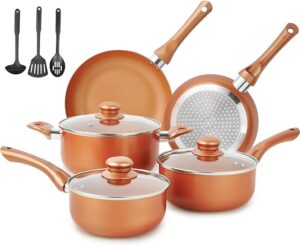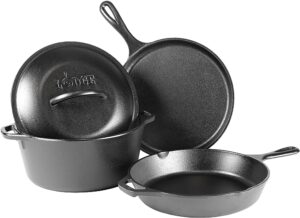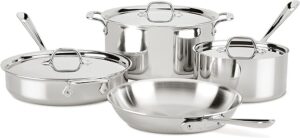The Science Behind Perfect Cooking (Part 1): How Different Cookware Affects Your Food
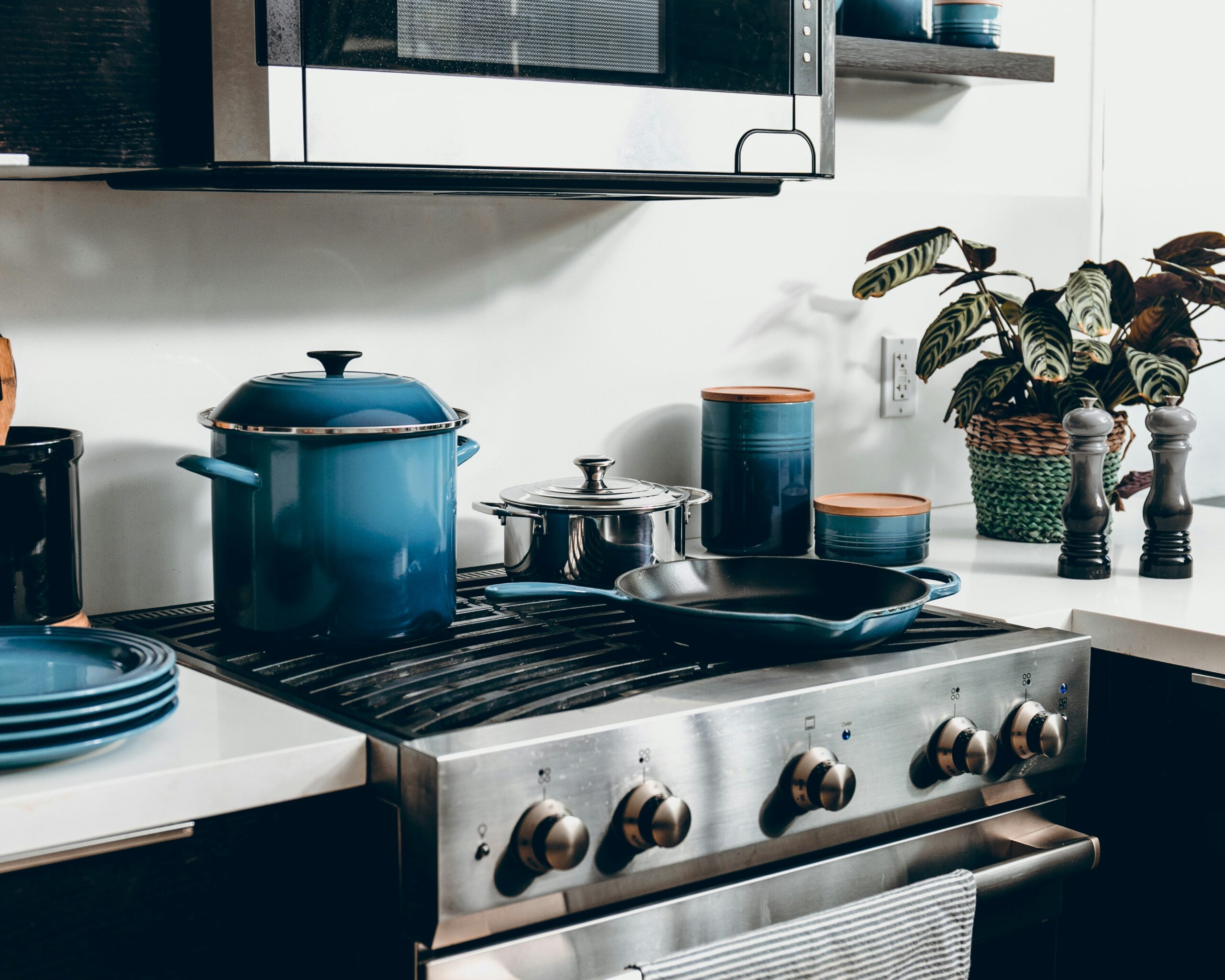
When it comes to cooking, the type of cookware you use can make a huge difference in the outcome of your dishes. Whether you’re simmering a delicate sauce or searing a steak, understanding the science behind different types of cookware can elevate your culinary game. Let’s dive into the fascinating world of cookware materials and see how they impact your food.
Table of Contents
The Basics: Heat Conductivity and Retention
Two key factors to consider in cookware are heat conductivity and heat retention. Heat conductivity refers to how quickly and evenly heat is distributed across the cookware’s surface, while heat retention is about how well the cookware maintains heat.
1. Copper: The Conductor King
- Heat Conductivity: Copper is at the top of the list for heat conductivity. It heats up quickly and evenly, making it ideal for precise cooking techniques like making sauces or candy.
- Heat Retention: However, copper doesn’t retain heat well, which means it cools down quickly once you remove it from the heat source.
- Historical Tidbit: Copper cookware dates back to ancient Egypt and was highly prized in European kitchens during the Renaissance for its superior performance.
You Can Order Your Own Copper Cookware Set Now
2. Cast Iron: The Cooking Heat Retention Champion
- Heat Conductivity: Cast iron heats up slowly and unevenly compared to other materials. However, once hot, it maintains a steady temperature.
- Heat Retention: Its exceptional heat retention makes it perfect for tasks like searing meat or baking bread.
- Historical Tidbit: Cast iron has been used for over 2,000 years, with early examples found in ancient China. It became a staple in American kitchens in the 18th and 19th centuries.
Order The Perfect Cat Iron Cookware Set Now
3. Stainless Steel: The All-Rounder
- Heat Conductivity: Pure stainless steel is a poor conductor of heat, which is why high-quality stainless steel cookware often has a core or layers of more conductive metals like aluminum or copper.
- Heat Retention: Stainless steel retains heat moderately well and is great for a variety of cooking methods.
- Historical Tidbit: Stainless steel was invented in the early 20th century, revolutionizing cookware with its rust-resistant properties and durability.
You Can Order The Perfect Stainless Steel Cookware Set Now
Non-Stick Surfaces: Convenience Meets Chemistry
Non-stick cookware is a kitchen favorite for its ease of use and cleanup. The science behind non-stick coatings, typically made from polytetrafluoroethylene (PTFE), such as Teflon, involves creating a surface that food can’t easily adhere to.
- Heat Conductivity and Retention: Non-stick pans usually have an aluminum or stainless steel base, so they heat up quickly and evenly. However, they don’t retain heat as well as cast iron.
- Historical Tidbit: The accidental discovery of PTFE in 1938 by Dr. Roy Plunkett led to the development of Teflon-coated cookware in the 1960s, transforming home cooking.
You Can Order Your Own Copper Cookware Set Now
Ceramic Cookware: The Ancient Modern
Ceramic cookware has seen a resurgence in popularity due to its non-toxic, eco-friendly reputation. It’s often made from clay that’s been hardened by heat and coated with a glaze.
- Heat Conductivity: Ceramic cookware heats relatively evenly but can be slower to heat up compared to metals.
- Heat Retention: It retains heat well, making it great for slow cooking and maintaining consistent temperatures.
- Historical Tidbit: Ceramic cookware has roots in ancient civilizations, with early forms used by the Greeks and Romans. Modern ceramic cookware blends ancient techniques with contemporary materials for improved performance.
Get Yourself The Perfect Ceramic Nonstick Pan
Aluminum: Lightweight and Quick
Aluminum cookware is prized for its lightweight nature and excellent heat conductivity. Often anodized or clad with other materials, it offers a good balance of performance and cost.
– Heat Conductivity: Aluminum conducts heat very well, ensuring quick and even heating.
– Heat Retention: It doesn’t retain heat as effectively as cast iron or ceramic, but it’s perfect for tasks requiring responsive temperature changes.
– Historical Tidbit: Aluminum cookware became widespread in the 20th century, particularly during World War II, when its lightweight properties were also utilized in aircraft manufacturing.
Choosing the Right Cookware for Your Needs
The material of your cookware can significantly influence your cooking experience and results. Whether you prefer the precise control of copper, the robust heat retention of cast iron, or the convenience of non-stick, understanding these differences helps you make informed decisions in the kitchen. So, next time you’re shopping for cookware or experimenting with a new recipe, remember the science behind your tools and let it guide you to culinary perfection.
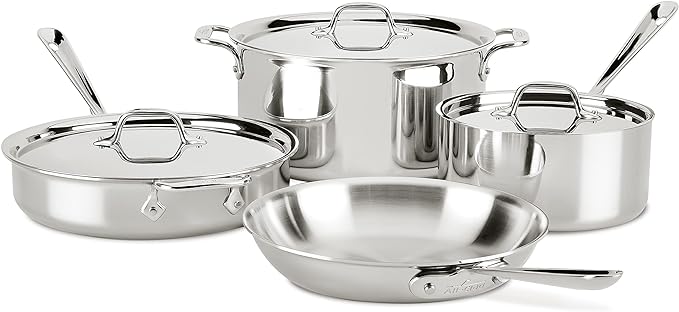
Read More:
Smart Cooking Choices: The 5 Best Induction Cookware Sets of 2024
Precision, Power, Perfection: 2024’s Perfect Food Processor Guide!
Streamline Your Cooking: Discover the Top 5 Food Processors for Effortless Meal Prep in 2024

